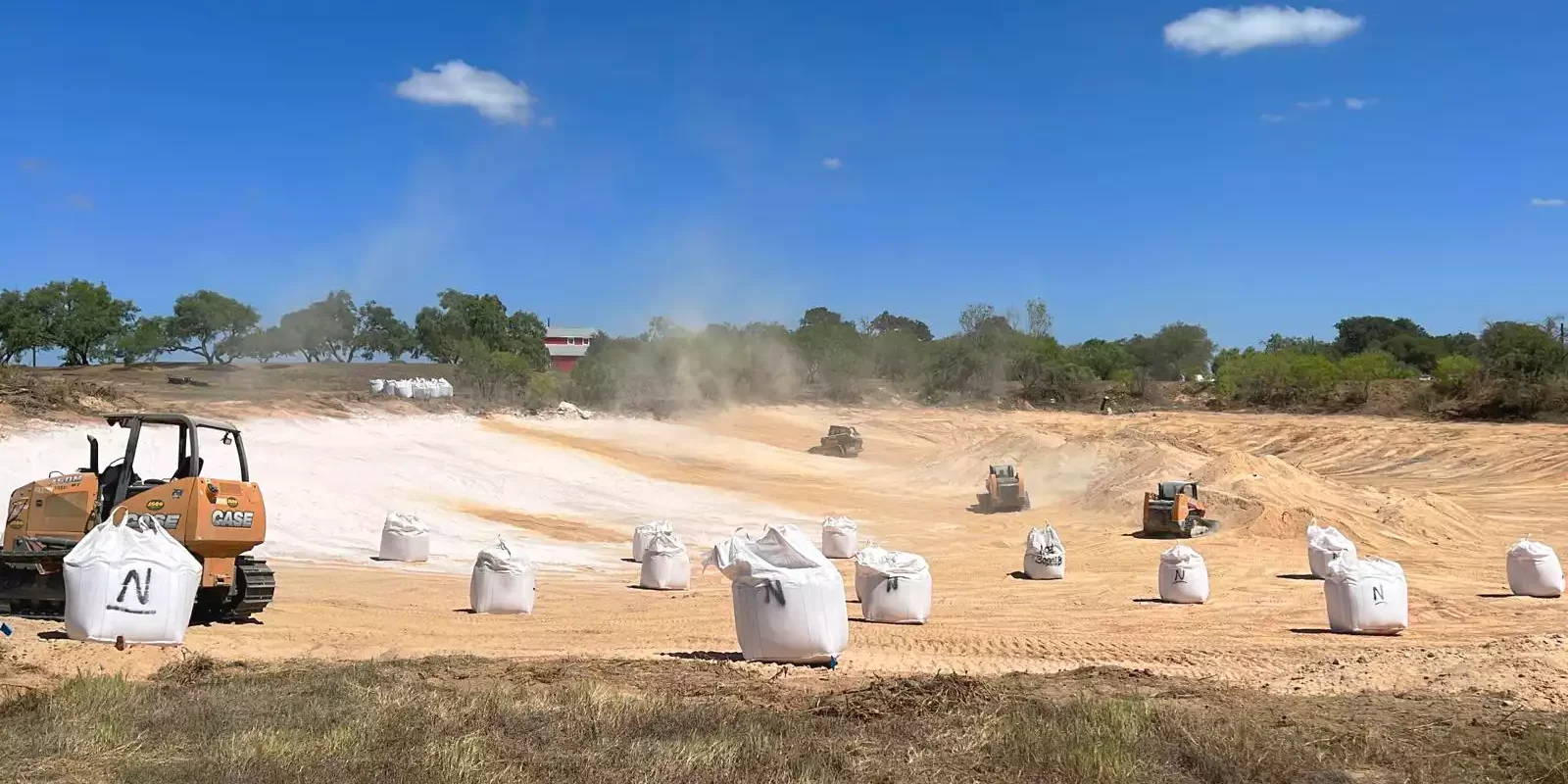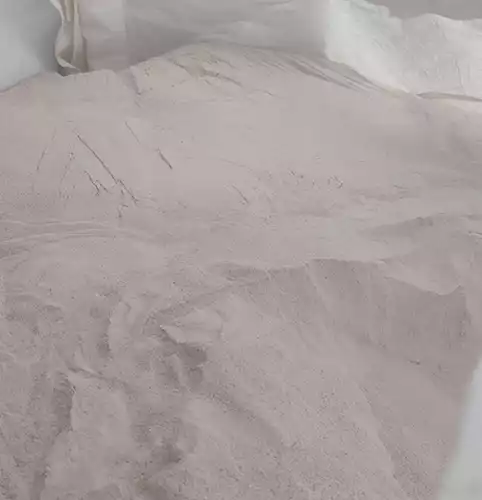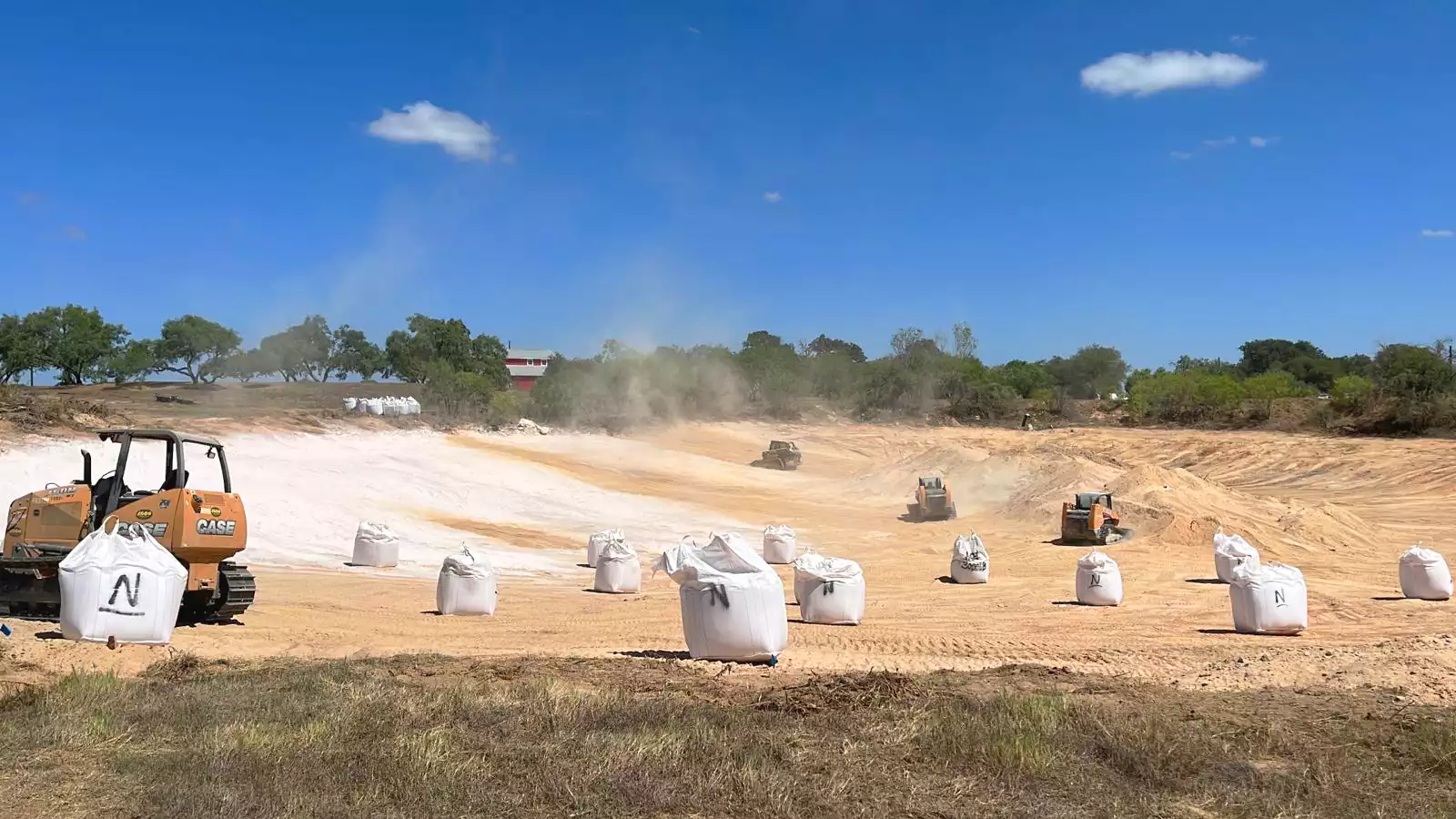If you have been looking for a pond liner, you know that there is a wide variety of pond lining materials, from HDPE to PVC passing for the RPE, but all of them are a kind of plastic or rubber.
The traditional liners are very resistant and could last for years, but there are other pond lining materials (pond lining clay), less popular ones, but with some advantages that could fit better to your pond needs.
What is a pond lining clay?
Sodium Bentonite (AKA the best pond lining material) is a milled mineral (almost dust) that works as a barrier between the pond soil and the water.
If you spread the bentonite over the dry pond and mix it with soil and water, you will get a low permeability mud that will seal the pond base.
So, if the pond lining clay does the same as the plastic liners, why should I install it on my pond instead of an RPE liner?
Pond lining clay advantages
For a starter, pond lining clay can not be pierced during the installation process, and once it is in a muddy state and something goes through, it will fill the gap by itself.
No other pond liner can do that.
As I said before, pond lining clay is a natural mineral, which means that it will not add toxic agents to the land, and it also has benefits when used for fish farming ponds maintaining the levels of ammonium.
To close the list of benefits (find more benefits of pond lining clay here), have you ever think how many traditional liner sheets you have to weld to cover a large pond? Could you imagine how many people you need to install a thick liner? What happens if you buy a single sheet liner, and it gets a puncture?
All those potentially expensive and complicated situations can be easily avoided using bentonite.
The pond lining clay installation only requires a small crew and a tractor. As it is dust, you can cover any pond size. We installed it on a pond of 35 acres.
How to install a pond lining clay
The installation process is not complicated.
- Shape the pond and make the surfaces as even as possible
- Cover the pond base and dam with bentonite (check the recommended amount per sq ft)
- Mix and compact the soil and bentonite
- Fill with water.
It is a simple process, but if the pond is large, it is better to let a professional take care of it.
Summarizing.
Pond lining clay is sodium bentonite dust that reacts with the soil and water to create a water barrier.
It has many advantages over traditional liners, and the installation process is very simple.
If you want to know more about pond lining clay, contact us, we will be happy to answer all your questions.




